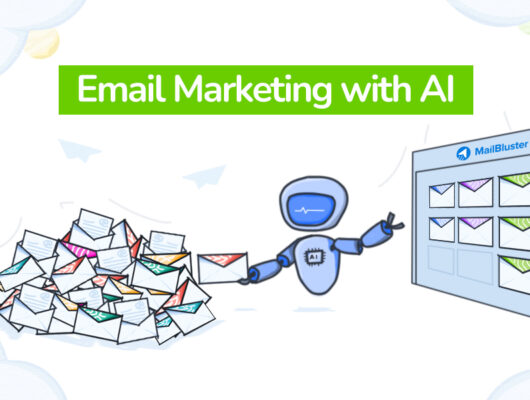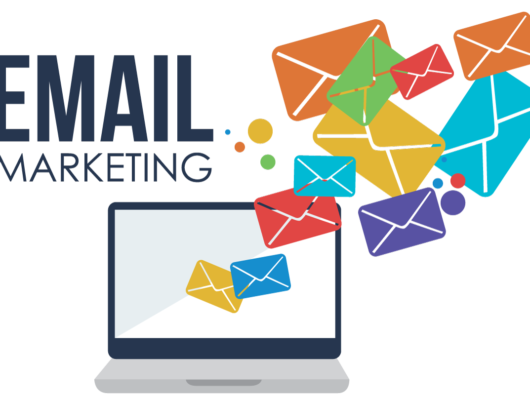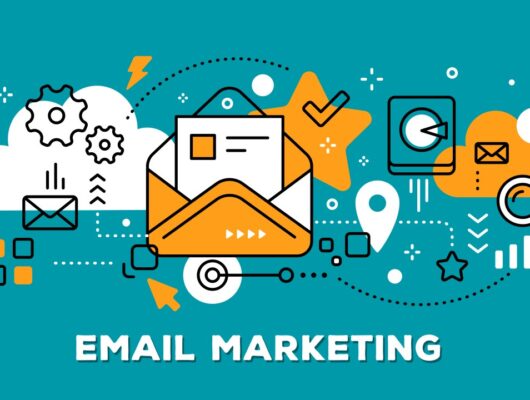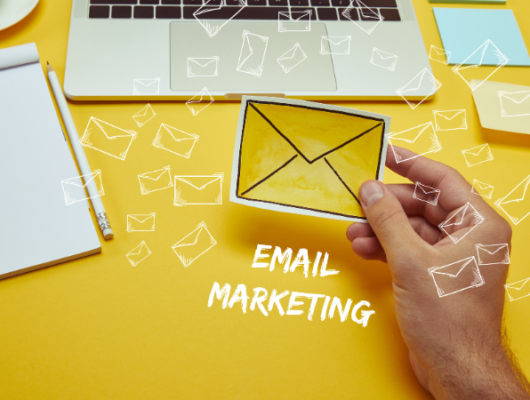Email marketing remains one of the most effective tools for businesses to connect with their audience, build relationships, and drive conversions.
However, success isn’t just about sending emails—it’s about ensuring your emails are engaging enough to be opened, read, and acted upon.
High engagement rates are critical for maximizing the effectiveness of your campaigns and, ultimately, achieving your marketing goals.
In this article, we’ll explore proven strategies to improve email engagement rates, including how to optimize your emails for better performance at every stage of the customer journey.
1. Understand Your Audience
The foundation of any successful email marketing campaign is a deep understanding of your audience. To improve engagement, you need to deliver content that resonates with your recipients’ interests, needs, and behaviors. Here’s how to do that:
- Segment Your Email List: One of the best ways to enhance email engagement is through segmentation. By grouping your subscribers based on demographics, purchase history, behavior, and other factors, you can send more targeted and relevant emails. For example, sending product recommendations to previous customers or offering a special discount for first-time buyers.
- Use Behavioral Data: Leverage insights from your audience’s past interactions, such as email opens, clicks, and purchases. Automated emails triggered by specific actions, like cart abandonment or re-engagement campaigns, help boost engagement by delivering timely and relevant content.
- Personalize Your Emails: Personalization goes beyond using a subscriber’s name. Tailoring the content based on past purchases, preferences, or browsing behavior can significantly improve engagement. Personalization can make the email feel more like a conversation than a broadcast.
2. Craft Compelling Subject Lines
Your subject line is the first thing recipients see, and it plays a huge role in whether or not they open your email. A well-crafted subject line can grab attention and drive higher open rates, which directly influences engagement.
- Be Clear and Concise: Avoid jargon and keep the subject line clear about what the recipient can expect from the email. For example, “50% Off Your Next Purchase” is more effective than a vague subject like “Special Offer Inside.”
- Create Urgency: Subject lines that convey urgency or scarcity can encourage subscribers to open your emails quickly. Examples include: “Last Chance for 20% Off!” or “Only 3 Days Left to Save.”
- Use Numbers and Lists: People are naturally drawn to numbers. Phrases like “5 Tips for Better Sleep” or “Top 10 Trends in 2025” promise digestible, valuable information, which increases the likelihood of opening the email.
- Test and Optimize: Regularly A/B test different subject lines to identify what resonates with your audience. Small tweaks to language, tone, or formatting can make a big difference.
3. Design for Readability and Mobile Optimization
With over 50% of emails being opened on mobile devices, it’s crucial to design your emails with mobile users in mind. A poor design or hard-to-read email can cause recipients to abandon the message before even engaging with the content.
- Use a Responsive Design: Make sure your emails look great on both desktop and mobile screens. A responsive email design adapts to different screen sizes, ensuring that fonts, images, and buttons are appropriately scaled for easy reading and interaction.
- Keep Content Scannable: People tend to scan emails quickly, so make sure your content is easy to skim. Use short paragraphs, subheadings, bullet points, and bold text to highlight key messages. The easier it is to read, the more likely the recipient will engage.
- Clear Call-to-Actions (CTAs): Your CTAs should be easy to find and click. Make them prominent, concise, and action-oriented. Use large, well-designed buttons, and ensure that the CTA is visible without excessive scrolling.
- Test Across Devices: Always test your emails on different devices (phones, tablets, desktops) to ensure they look and function correctly.
4. Timing and Frequency: When to Send Your Emails
Timing plays a crucial role in email engagement. Sending emails at the right time can increase the chances of them being opened, read, and acted upon.
- Experiment with Send Times: Test different days and times to find when your audience is most likely to engage with your emails. For example, studies show that emails sent on Tuesdays and Thursdays often have higher open rates. However, this can vary by industry, so be sure to test and track results.
- Don’t Overwhelm Your Audience: Finding the right frequency is key. Too many emails can lead to fatigue, increasing the chances of unsubscribes, while too few emails might cause your brand to be forgotten. A general guideline is sending 1-3 emails per week, but this depends on your business and audience.
- Automate Campaigns: Automated emails, such as welcome emails, abandoned cart reminders, or re-engagement sequences, can be incredibly effective. They are timely, relevant, and personalized, which leads to higher engagement rates.
5. Focus on Valuable and Relevant Content
At the heart of email engagement is the value you provide to your subscribers. If your emails aren’t offering something that resonates with their interests, they’re unlikely to engage. Here’s how to make your content more compelling:
- Provide Useful Information: Share tips, guides, and resources that are useful to your audience. For example, if you’re a fitness brand, offering workout tips or healthy recipes can be valuable content that keeps subscribers interested.
- Create Engaging Visuals: Visual elements such as images, GIFs, and videos can significantly increase engagement rates. People are more likely to interact with emails that are visually appealing and engaging.
- Offer Exclusive Deals or Content: Reward your subscribers with exclusive content, discounts, or offers. Let them know they’re getting special access by being on your email list. This can increase engagement and loyalty.
- Storytelling: People love stories. Whether it’s customer success stories, behind-the-scenes insights, or brand storytelling, weaving a narrative can make your email content more relatable and memorable.
6. Engage with Interactive Elements
Including interactive elements in your emails is an excellent way to boost engagement. These features encourage recipients to engage directly within the email rather than clicking away to a landing page.
- Surveys and Polls: Including a short survey or poll within the email allows recipients to interact with the content without leaving their inbox. This can also provide valuable insights into customer preferences.
- Interactive CTAs: Try adding interactive CTAs, such as hover effects, countdown timers, or carousels. These elements add an element of playfulness and can encourage subscribers to click.
- Gamification: Consider adding small games, quizzes, or challenges to your emails. Reward recipients for participation, such as providing discounts or access to exclusive content for those who complete the quiz.
7. Test, Analyze, and Optimize
To continually improve email engagement, it’s important to consistently test and optimize your campaigns based on the data. Here’s how to do it:
- A/B Test Email Elements: Regularly test different subject lines, CTAs, images, and copy to determine what resonates best with your audience. Even small changes can lead to better engagement.
- Monitor Key Metrics: Track open rates, click-through rates, bounce rates, and conversion rates to understand how your emails are performing. Identify trends in what types of content, designs, or send times lead to higher engagement.
- Gather Feedback: Encourage subscribers to provide feedback on the emails they receive. This can be done through surveys, direct replies, or even social media channels.
Conclusion
Improving email engagement is about delivering value, relevance, and personalization at every step of the customer journey.
By understanding your audience, creating compelling content, and optimizing your emails for mobile and timing, you can significantly boost your engagement rates.
Don’t forget to continuously test and refine your approach based on real-time data and feedback.
Remember, email engagement is not just about numbers—it’s about building stronger, more meaningful connections with your subscribers that ultimately drive loyalty and conversions.







